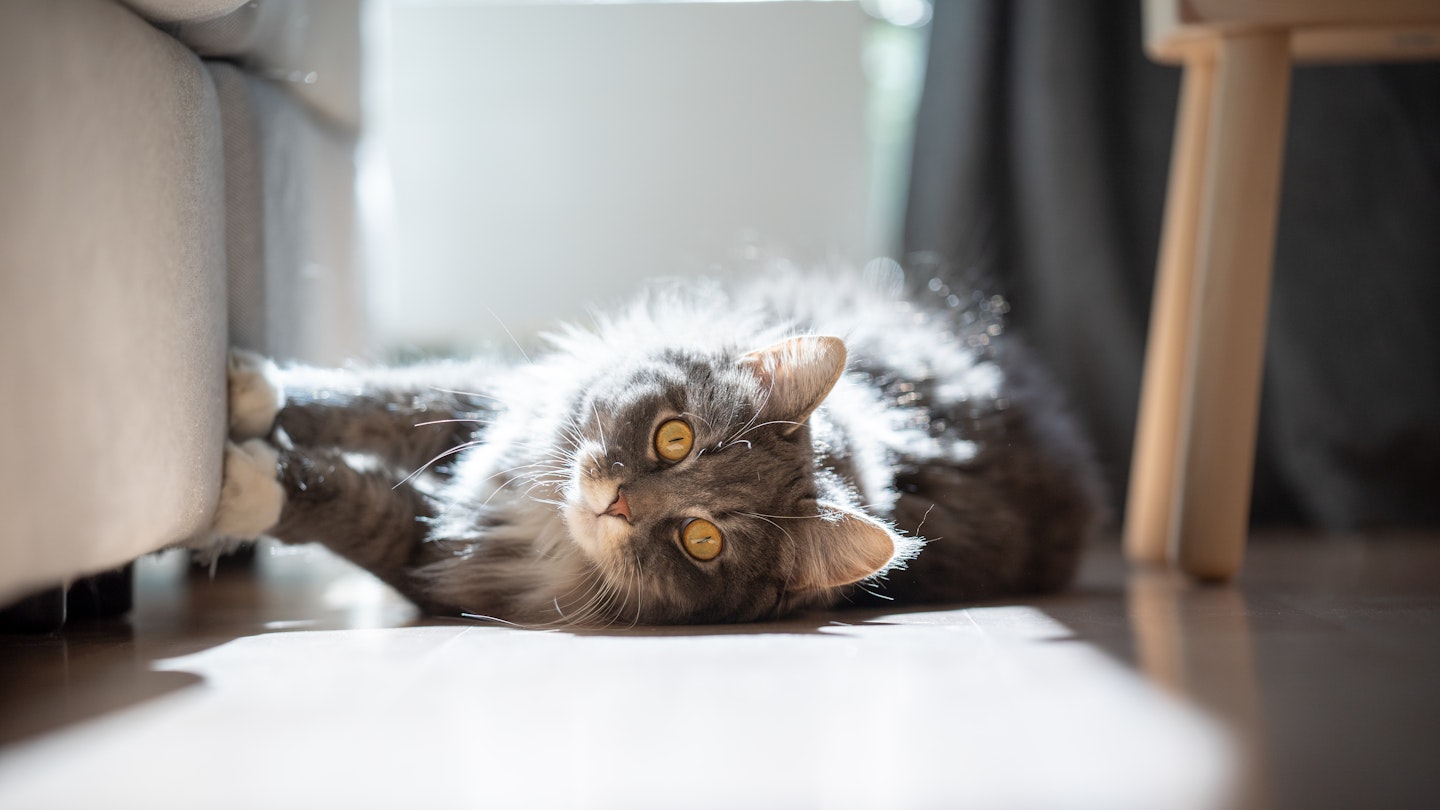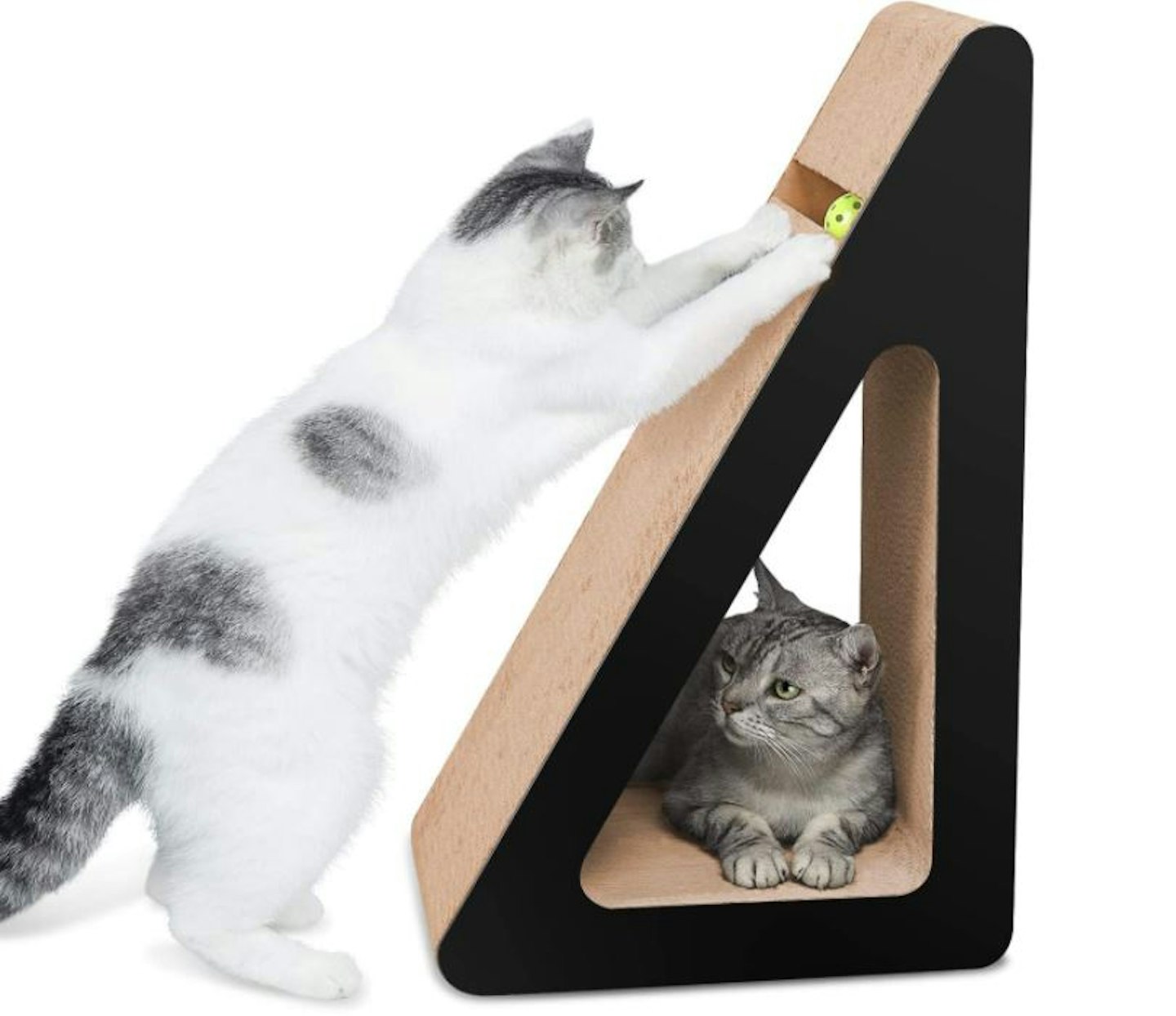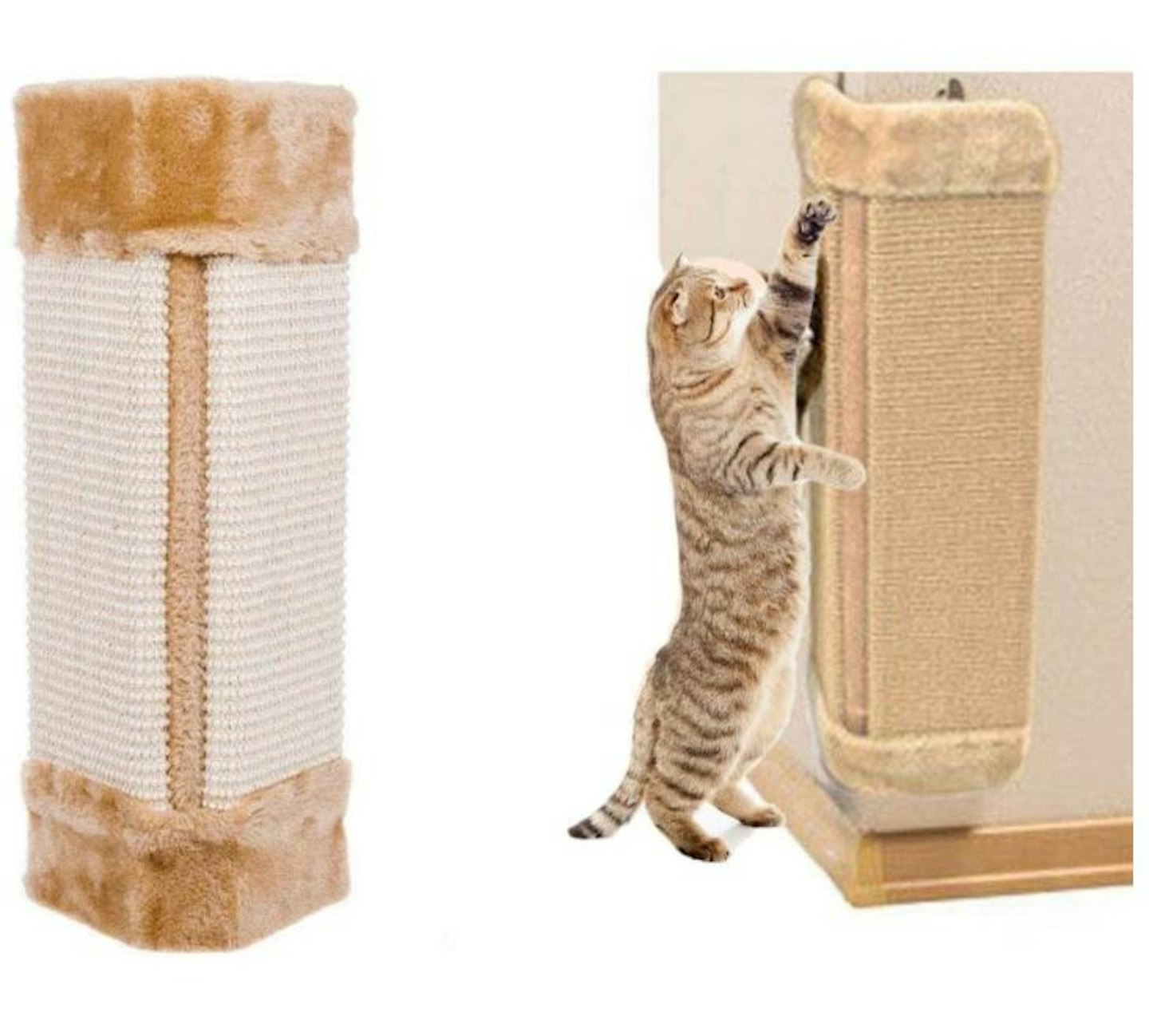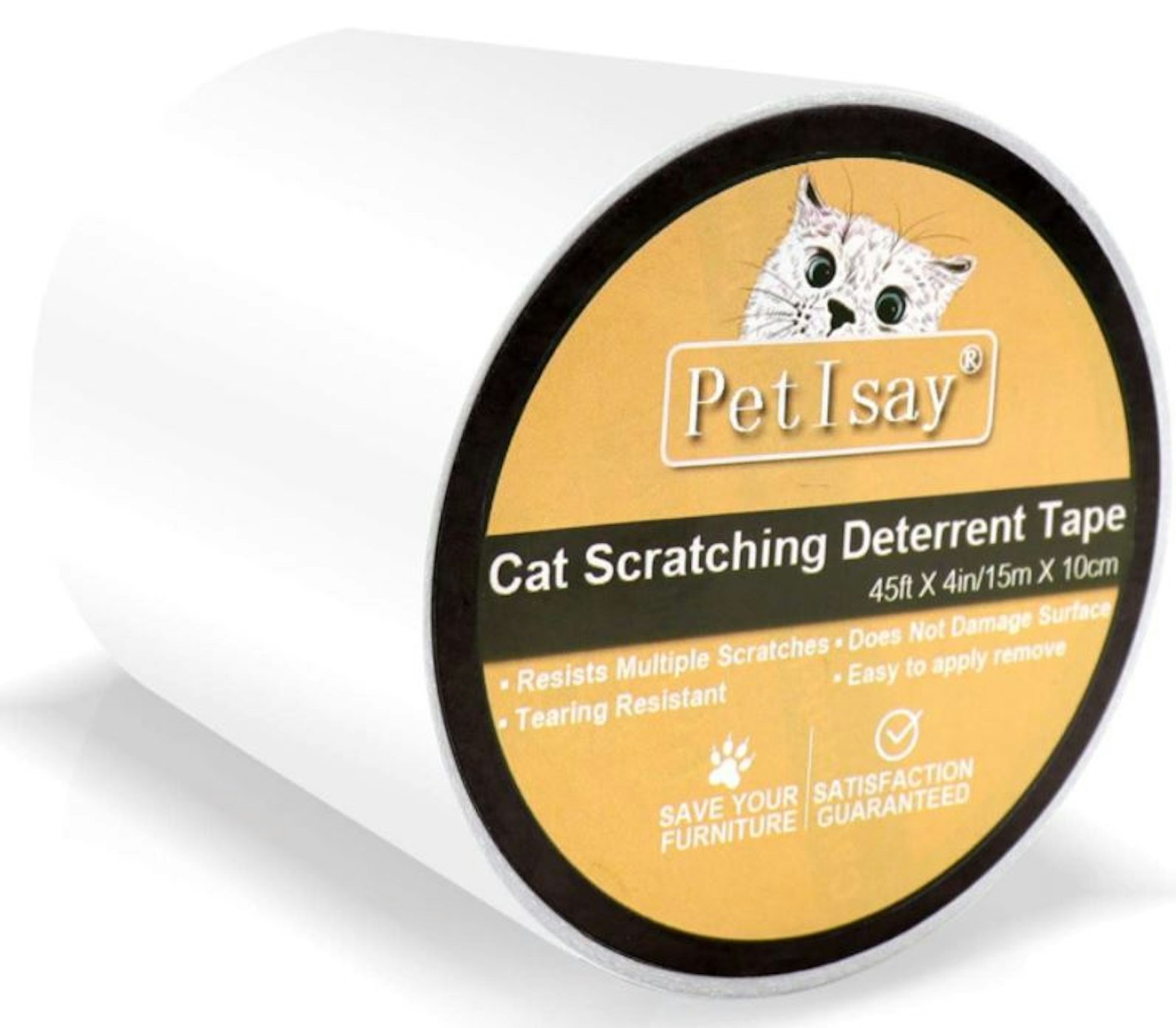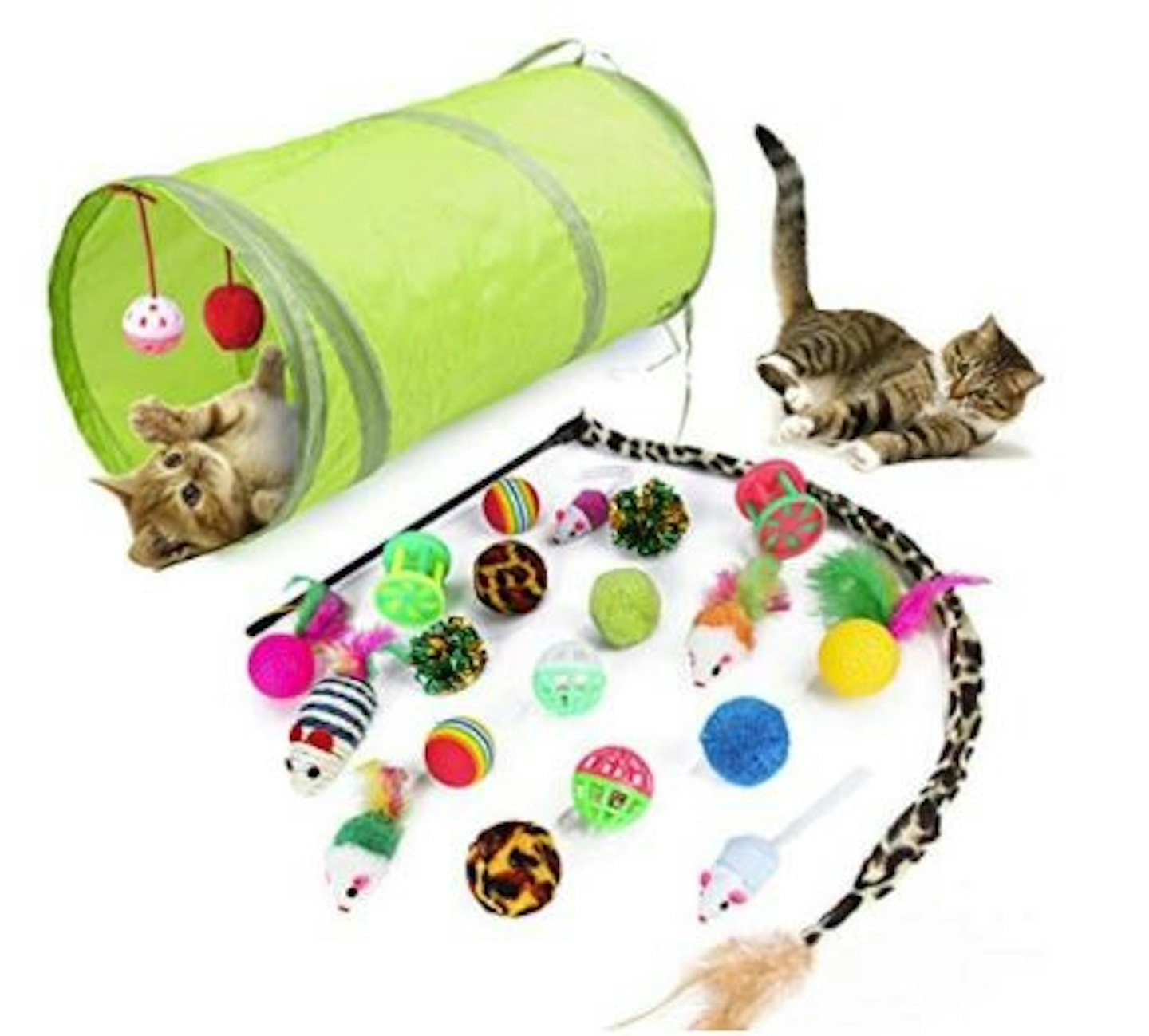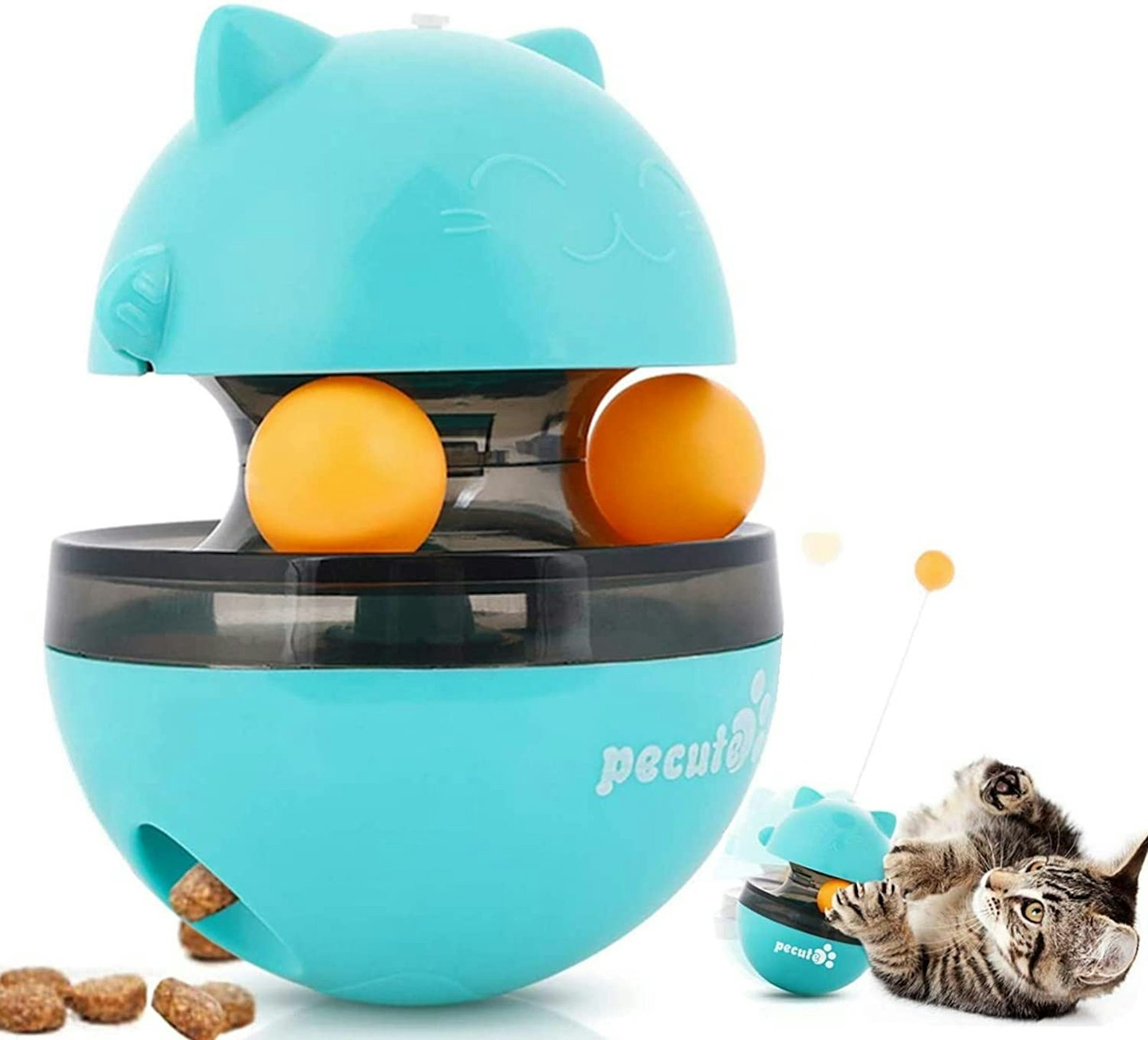We love our feline friends but it can frustrating to see our cherished furniture fall to the mercy of their claws.
However, scratching is a completely natural and normal behaviour for your cat, and they could be doing it for a whole range of reasons.
We've provided some solutions to try to help keep your sofa safe, walls scratch-free and carpet clear from their claws marks again.
Why do cats scratch furniture?
• Cats scratch to exercise the muscles in their front legs and spine to keep them fit. Using a rigid surface (like the poor sofa!) works well as a base that won’t move with their tugs
• They could be scratching to get your attention - mission accomplished!
• It could be a sign of anxiety, especially if its something they've started doing but weren't before
• If they're feeling bored, it could be a habit they've picked up to keep them busy and entertained
• To sharpen their claws
We've shared the best tips to keep your house scratch-free for these reasons to hopefully save your furniture from any further destruction.
How to stop cats scratching up the house
Buy a scratching post
Getting a scratching post for your cat will provide an alternative base for them to exercise their claws on. There are a range of scratching boards and posts available so its best to choose one that best replicates their favourite scratching surface. If they stretch up whilst scratching you'll want to buy a post taller in height, or if your carpet is the victim to their claws, buy a flat scratching pad. This is a great solution too if you're limited on space in your home.
You'll also want to examine their behaviour in terms of when they scratch. Is it just after they've eaten, or maybe when they've just woken up? This will help determine the best placement for your post for your cat to want to interact with it.
Ultimately, it's important not to force your cat towards using the scratching post as this could cause more stress-related behaviours and put your furniture at further risk. Instead, try to encourage them by playing near the post or using cat nip or honesuckle to entice them towards it if they won't make the swap. It'll help make this new foreign object feel more comfortable to use. It's recommended that you should provide at least one post per cat to keep them occupied.
Best scratching posts to buy
Just so you know, whilst we may receive commission for purchases made through our links, we never allow this to influence product selections. Why trust us?
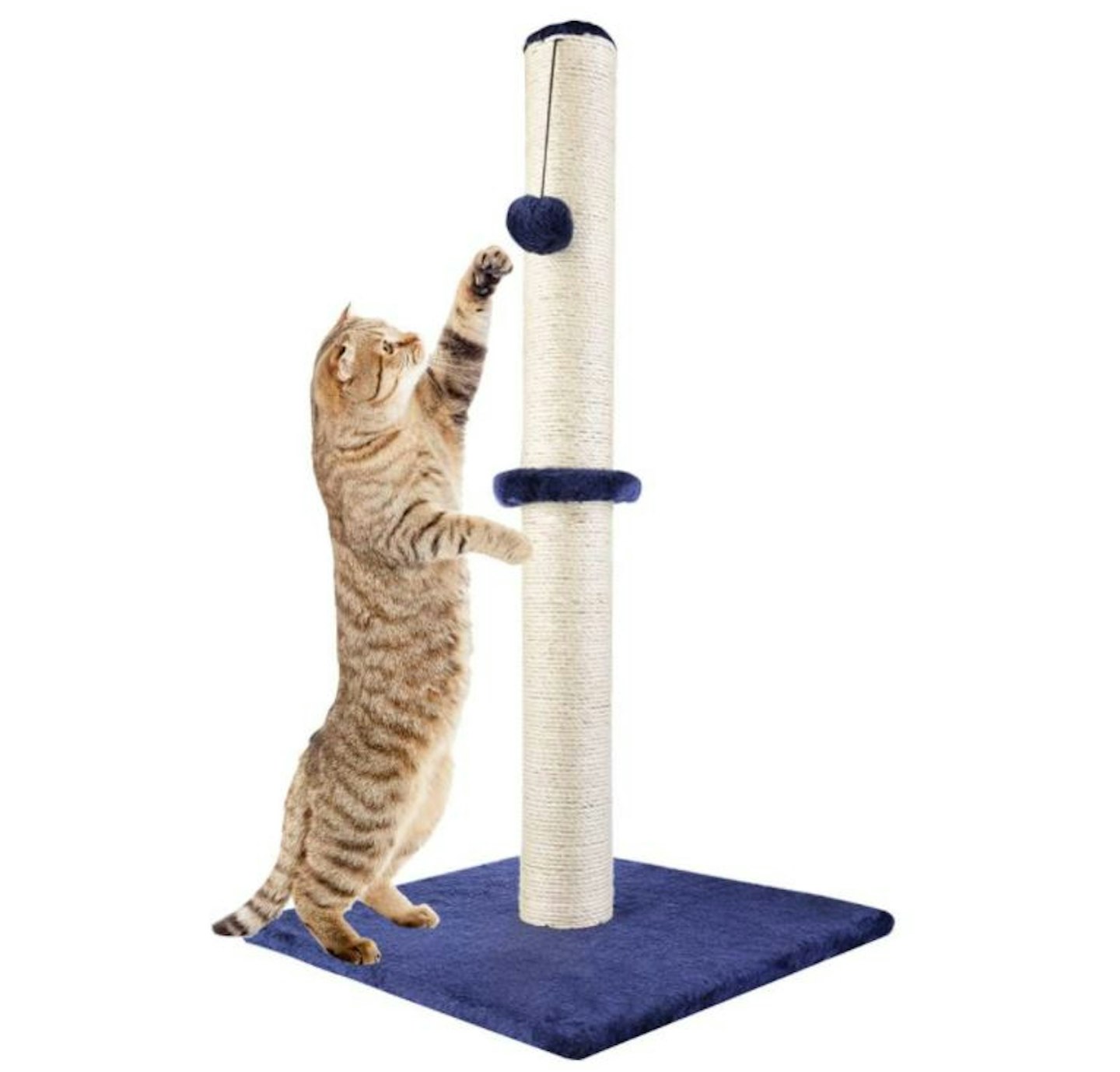

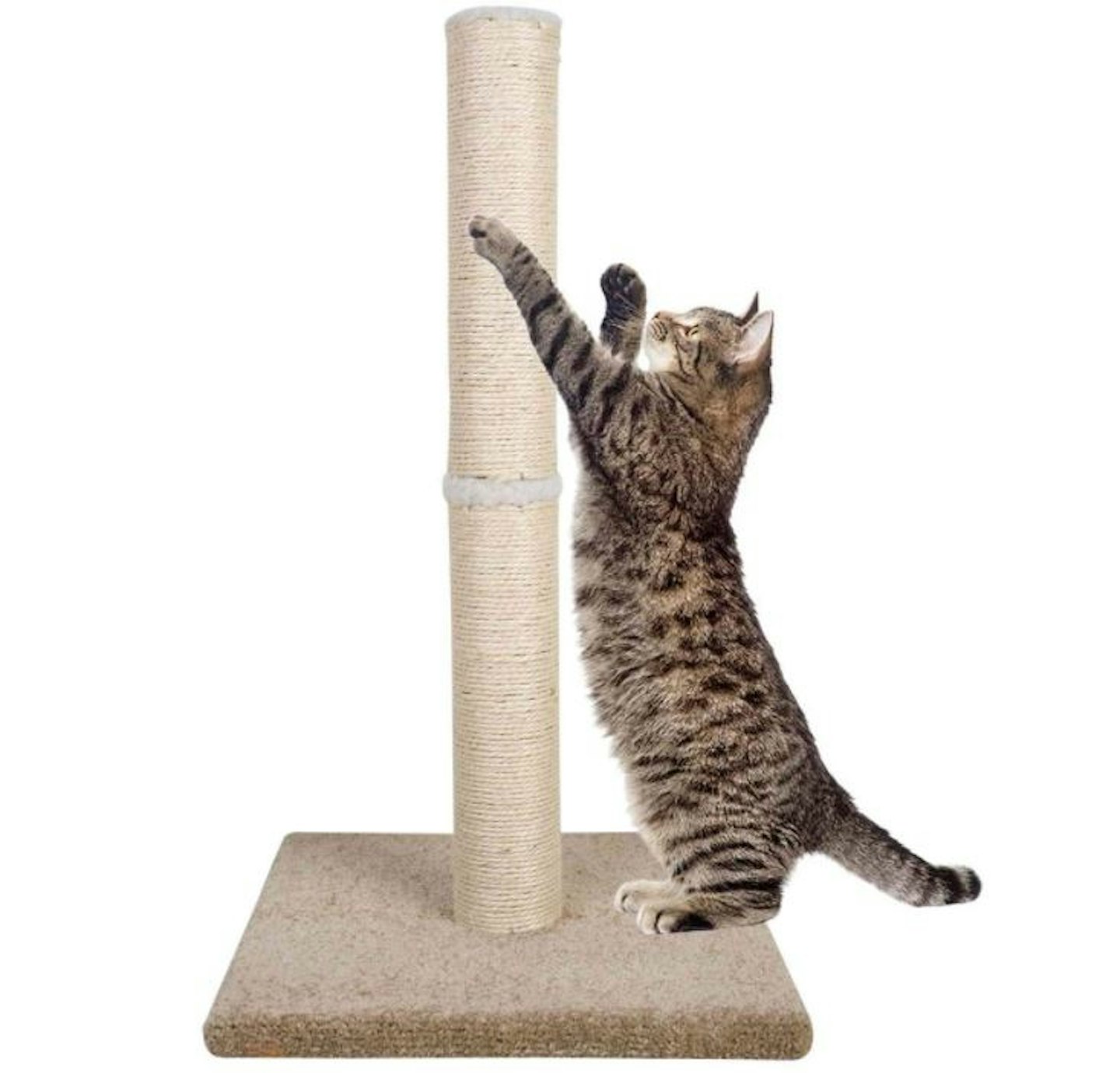
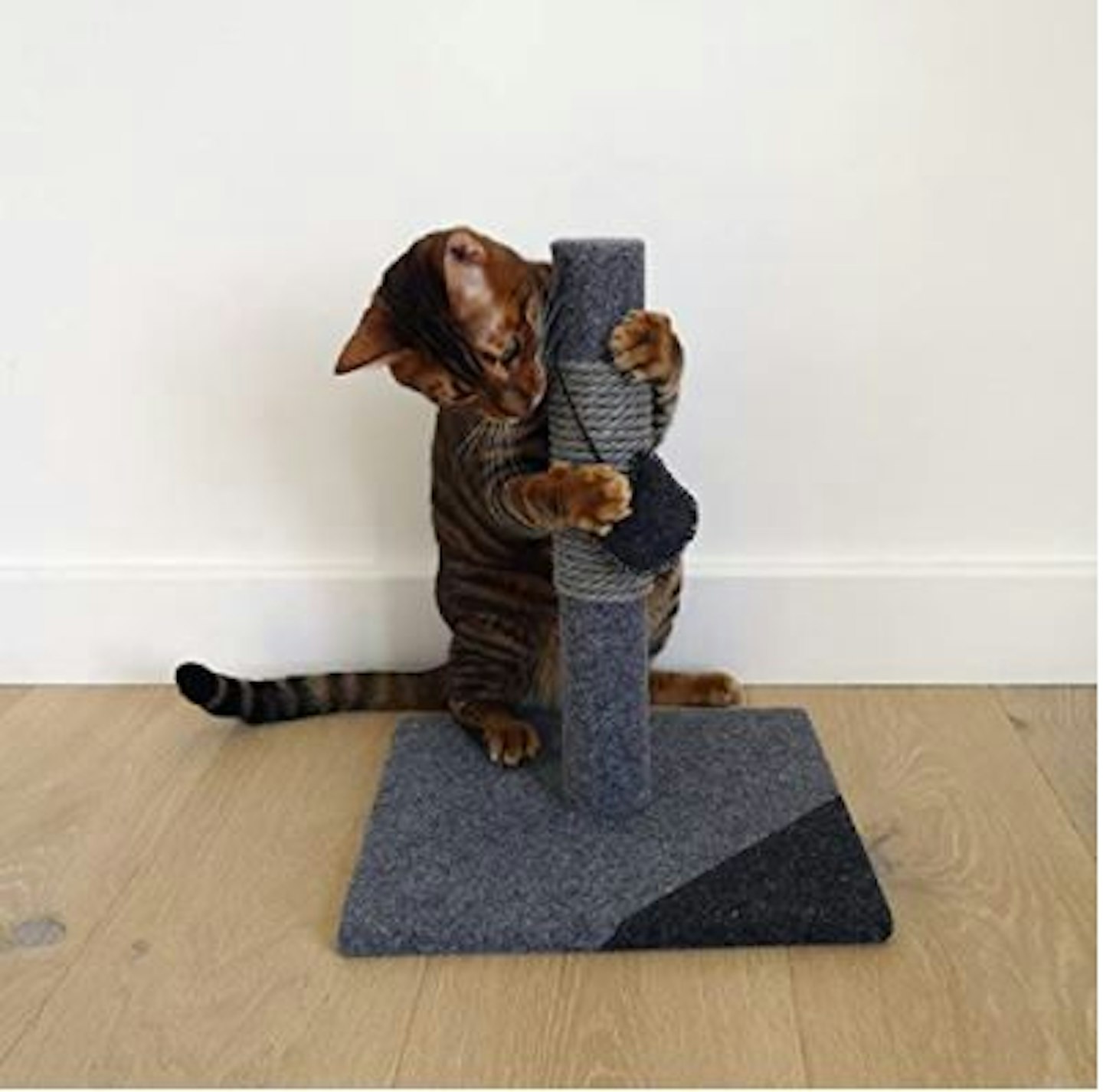
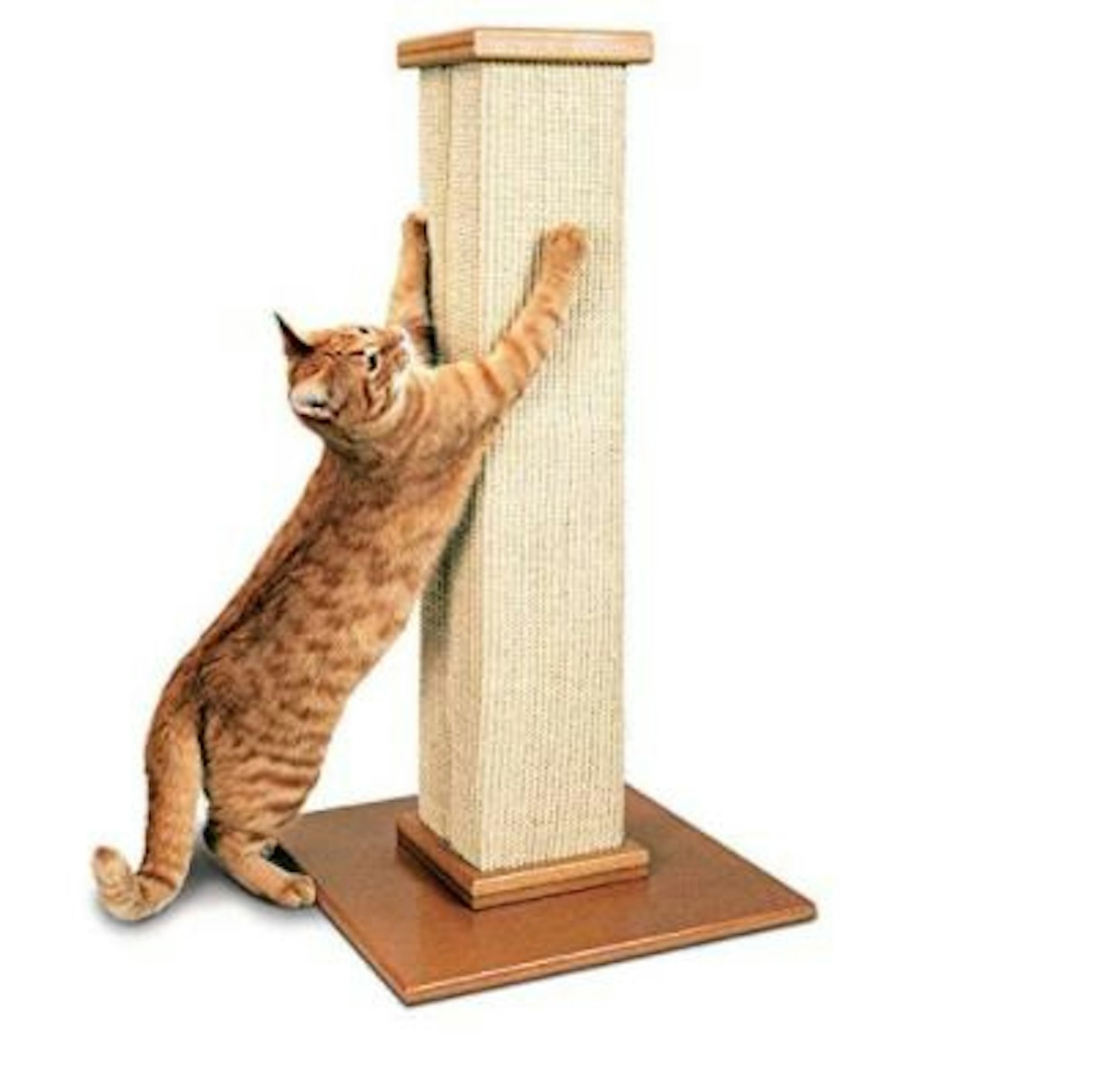
Best incline scratching pads to buy

Best flat scratching pads to buy

Clean and cover their favourite spot
Cats mark their territory with their scent and so a great way to deter them from their favourite scratching zones is to clean down the surface with soap and warm water. This'll remove their familiar smell and hopefully keep them from attacking the same spot.
Another option is to cover the victimised area with a guard to stop them from reaching it or tape. Cats find sticky surfaces annoying (just like the rest of us!) and applying a specialised anti-scratch tape or double-sided sticky tape to the edge of your furniture should prevent them from scratching the same area again.
If you decide to use regular double-sided sticky tape, make sure it's low-tack as a tape that's too sticky could damage your fabric and your poor pussycat's paws. These specialised anti-scratch tapes are designed to work and keep your furniture and cat safe:
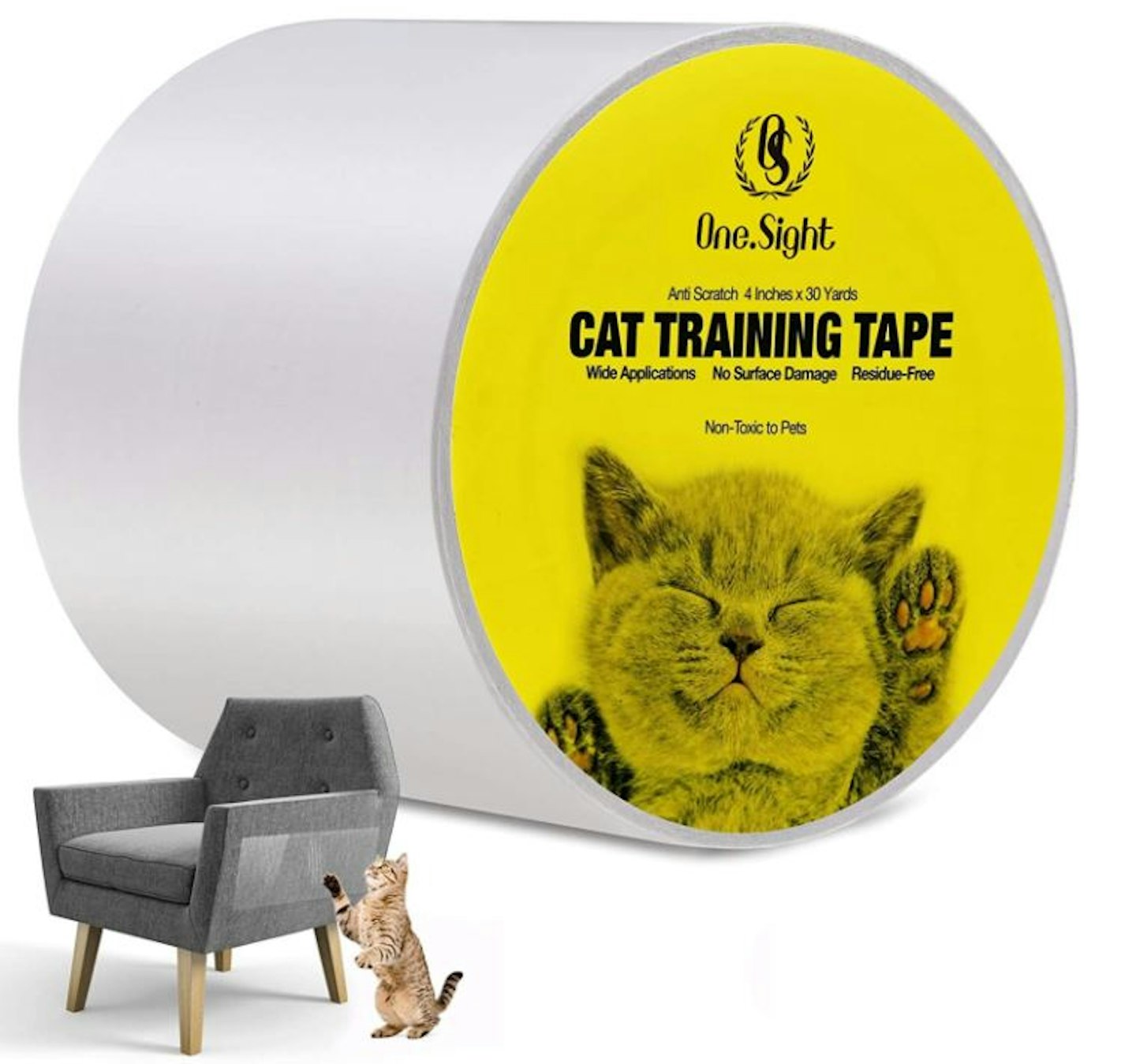
Keep their boredom busted with kitty toys
Not only can you use a wand toy to entice your cat to their new scratching post, but a great supply of toys should keep your tabby occupied to stop the boredom-scratching from starting.
We've listed some great cat toys here and some other great finds we've found online:
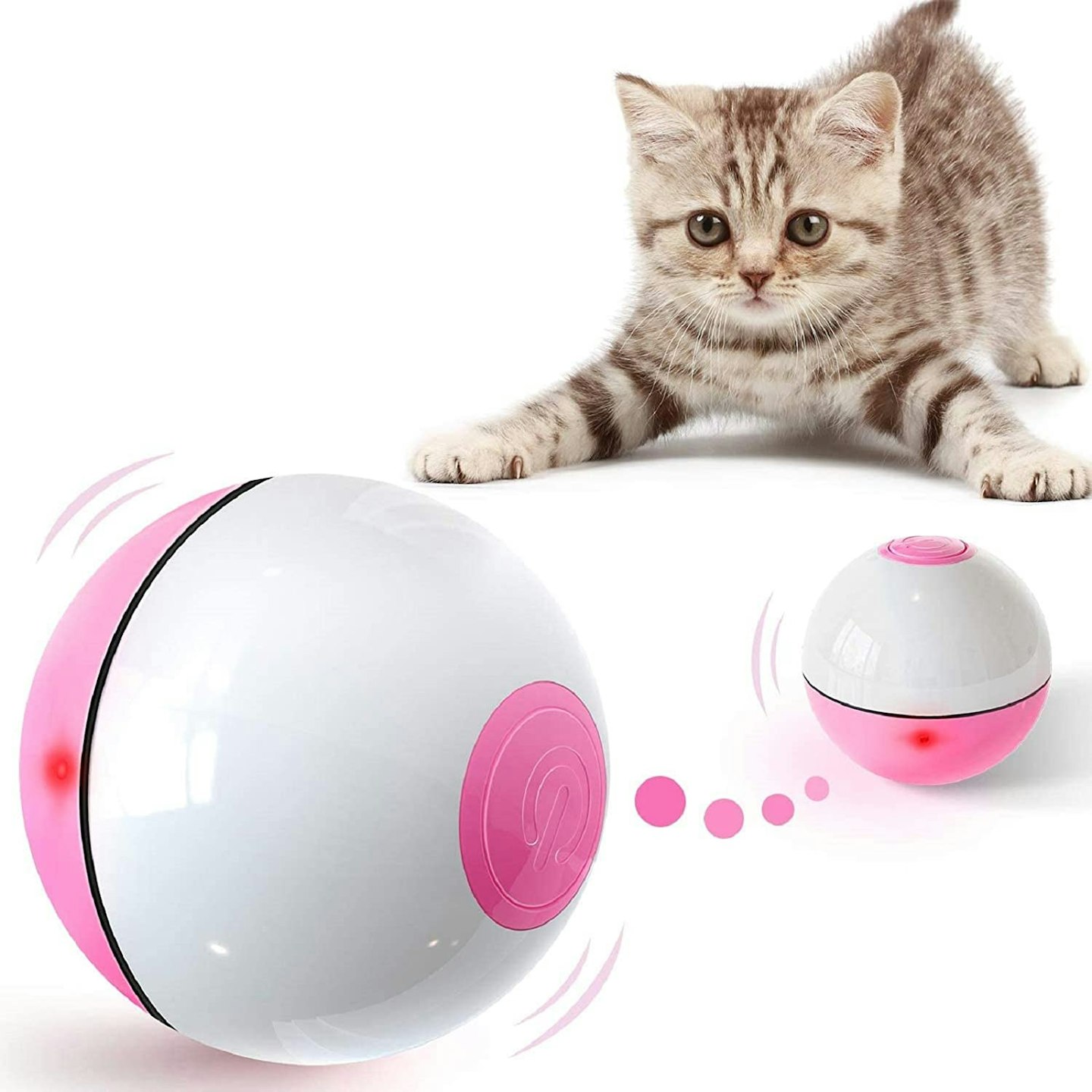 Amazon
Amazon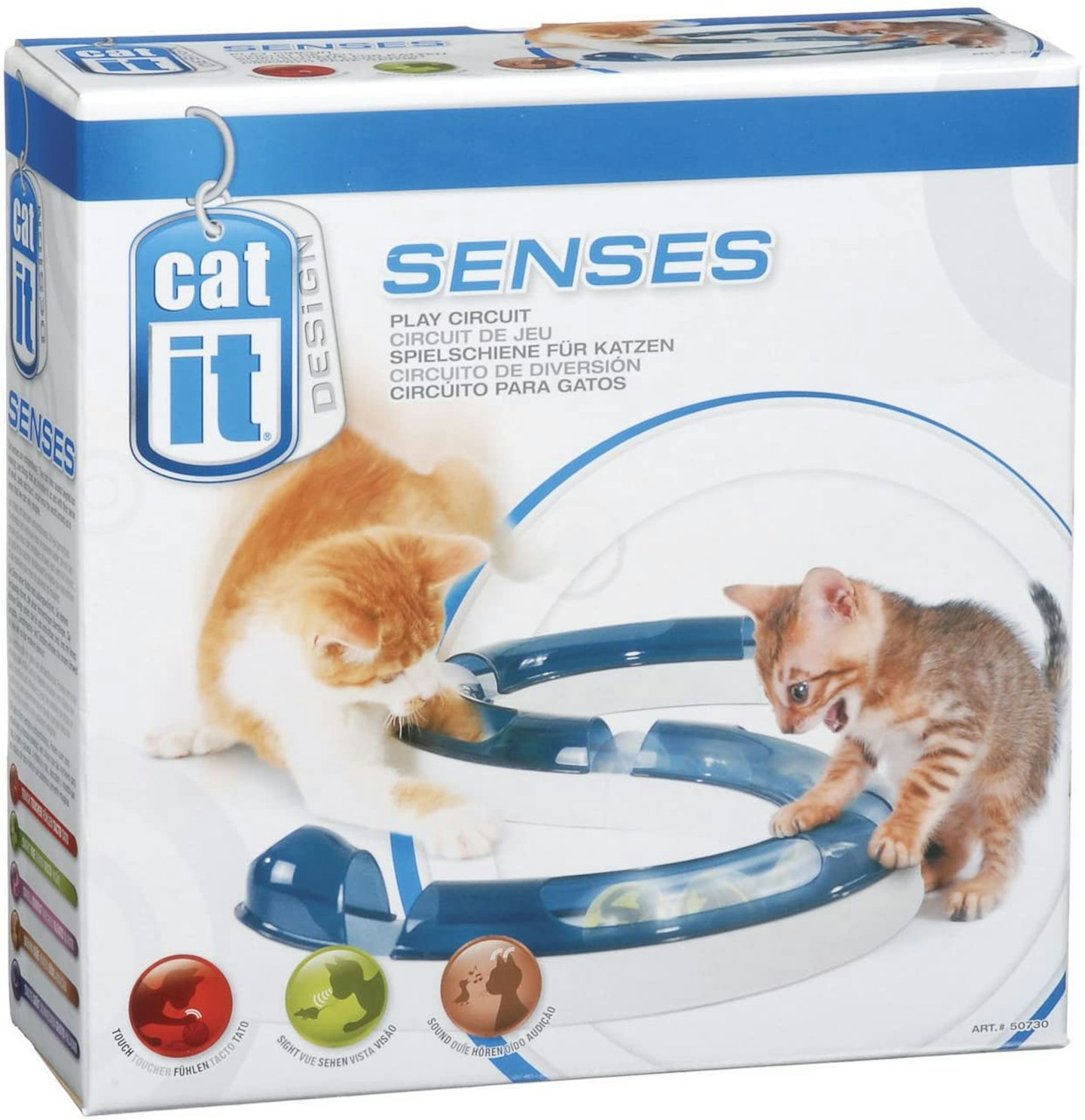
Use a deterrent spray
While there are many deterrent sprays available to buy on the market, we think it better to make your own spray so you can make sure it safely repels your cat as a humane home remedy.
Cats detest citrus scents so by mixing lemon juice or citrus-scented essential oils in with water, you can pour this mix into a spray bottle and apply to your furniture. Make sure to test on a small area first to prevent any potential damage to your furniture fabric.
Another mix solution is to combine equal parts of water and apple cider vinegar, applying to the scratching spots you want to keep your cat away from.
While this option can help deter you cat, it would be advisable to find the underlying causes of the scratching too and partner this with another solution on the list to help keep the house scratching to a minimum going forward.
Curb their anxiety
Scratching or destructive behaviour, especially if it's a new habit or something they do in more than one location, could be a sign that your cat is feeling anxious. According to Battersea Dogs & Cats Home, other symptoms could include:
• Any noticeable change in your cat’s usual patterns of behaviour and routines
• Toileting outside of the litter tray (e.g. behind the sofa, under the bed, on the bed etc.)
• Spraying urine on furniture and other items around the home
• Aggressive behaviour
• Excessive meowing
• Frequent hiding when in the home (e.g. under a sofa or bed, on top of a wardrobe)
• Reluctance
• Excessive grooming
If their behaviours are excessive, it's recommended to speak to your vet for referral to a behaviour specialist. However there are some solutions you can try at home.
To help keep your cat calm, make sure to provide distractions and stimulation to keep them busy. A great idea is to use these interactive feeders which should keep them occupied for hours and provide enough fun to keep stress and scratching a distant memory.
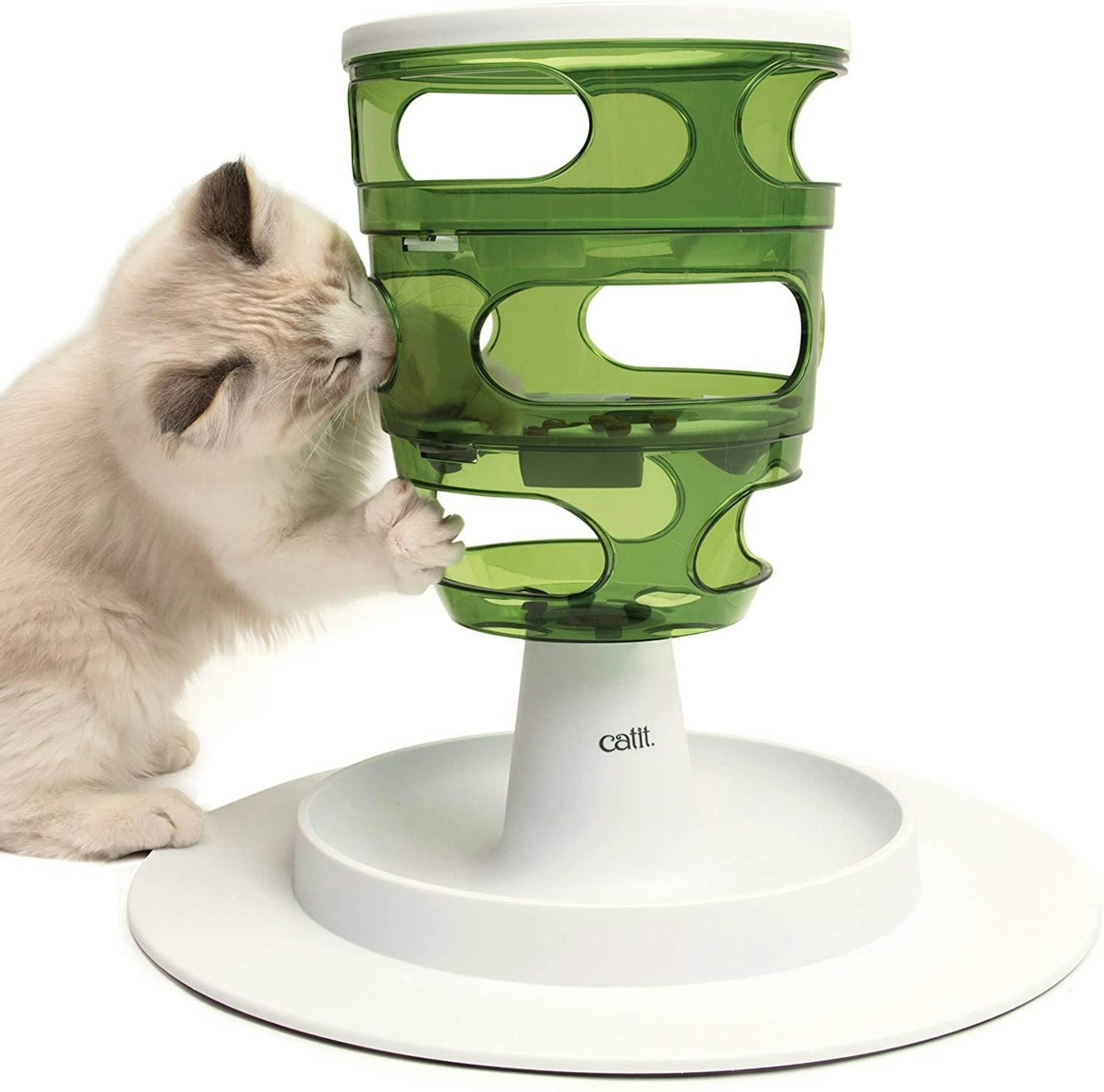
You can also use these sprays or diffusers from FELIWAY to help improve their comfort. These sprays contain a synthetic pheromone that copies the secreted cat's scent and can used to make a space feel more welcoming, or applied to a new scratching surface to encourage your cat to scratch there.
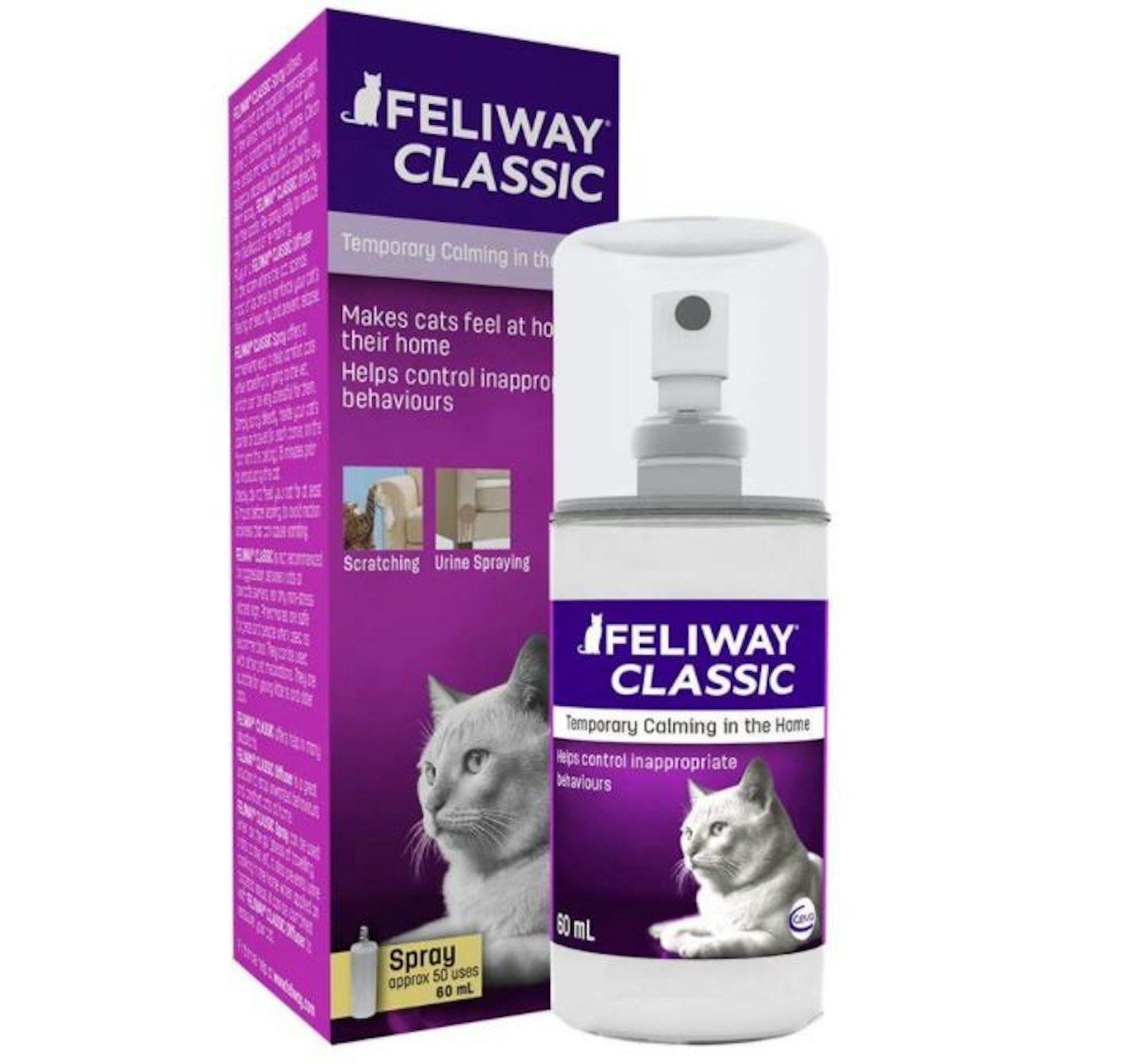

Trim your cat's claws
Cats have a natural instinct to sharpen their claws and need to do so to remove the old outer layers of their naild. Unlike human or dog nails, cat's nails grow in layers to keep them sharp at all times in the wild so they can pounce on prey or climb to escape predators.
Therefore, your feline friend could just be scratching maintain their claws, using your furniture as a rigid surface.
A really simple solution to prevent this happening too often is to trim your cat's claws every 2-3 weeks. It's ideal to introduce this when they're young so they become comfortable to the routine but if you're introducing to an older cat, try to do it when they are relaxed. Follow this how-to guide from Healthcare for Pets.
